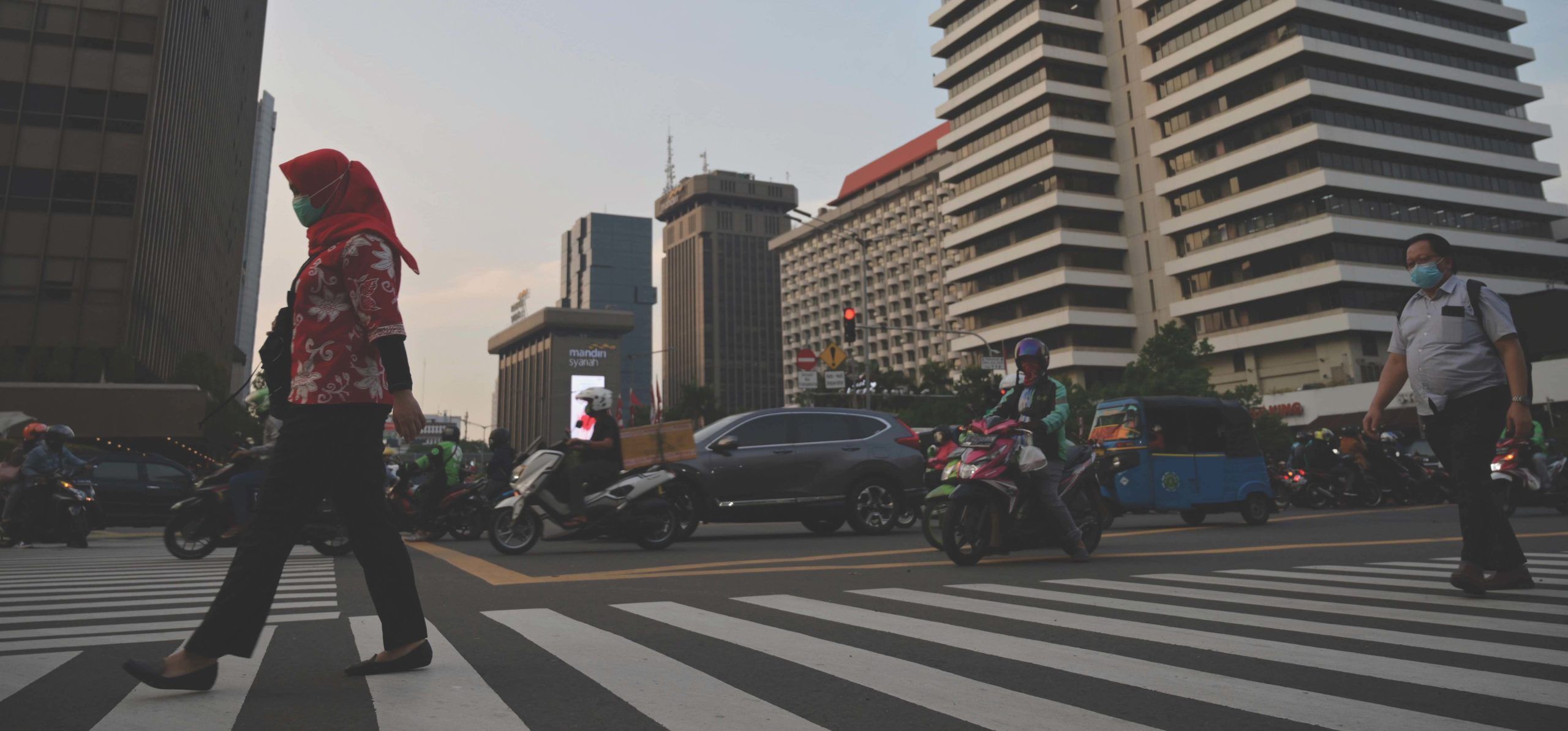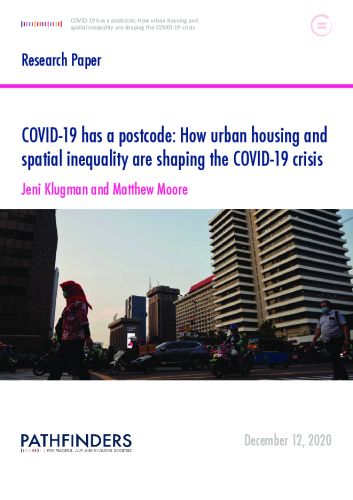COVID-19 has underlined that spatial inequality is relevant—and costly—everywhere: not only in developing countries.
The pandemic has exposed sharp inequalities in prosperous cities, such as New York and San Francisco, as well as in slums and informal settlements in developing countries such as Kenya and Iran. For an estimated 1.4 billion people living in informal settlements, home is crowded, inadequate, and unsafe. In the words of one observer, “[w]ith COVID-19, we are all in the same storm. We are not all in the same boat.”

This paper presents the results of a rapid appraisal carried out in May 2020. It surveys how existing urban inequalities have played out in practice, how spatial inequality has shaped the repercussions of COVID-19, and how housing-related program and community responses have helped close—or exacerbated—these gaps. It also outlines the opportunities and prospects for longer term reforms. While data and empirical analysis are still nascent, academic, government, and civil society groups, as well as news outlets, have quickly ramped up efforts to document and study the pandemic and its numerous effects. We assess emerging evidence about how the COVID-19 pandemic’s impacts reflect residential segregation, including how they differentially affect renters, people who live in informal settlements, and the homeless.
The COVID-19 crisis calls for rapid and innovative responses to address strains on lives and livelihoods. Our review identifies many promising emergency responses—from temporary eviction moratoria to cash transfer programs—aimed at mitigating COVID-19’s immediate impact.
Download the full paper here.


